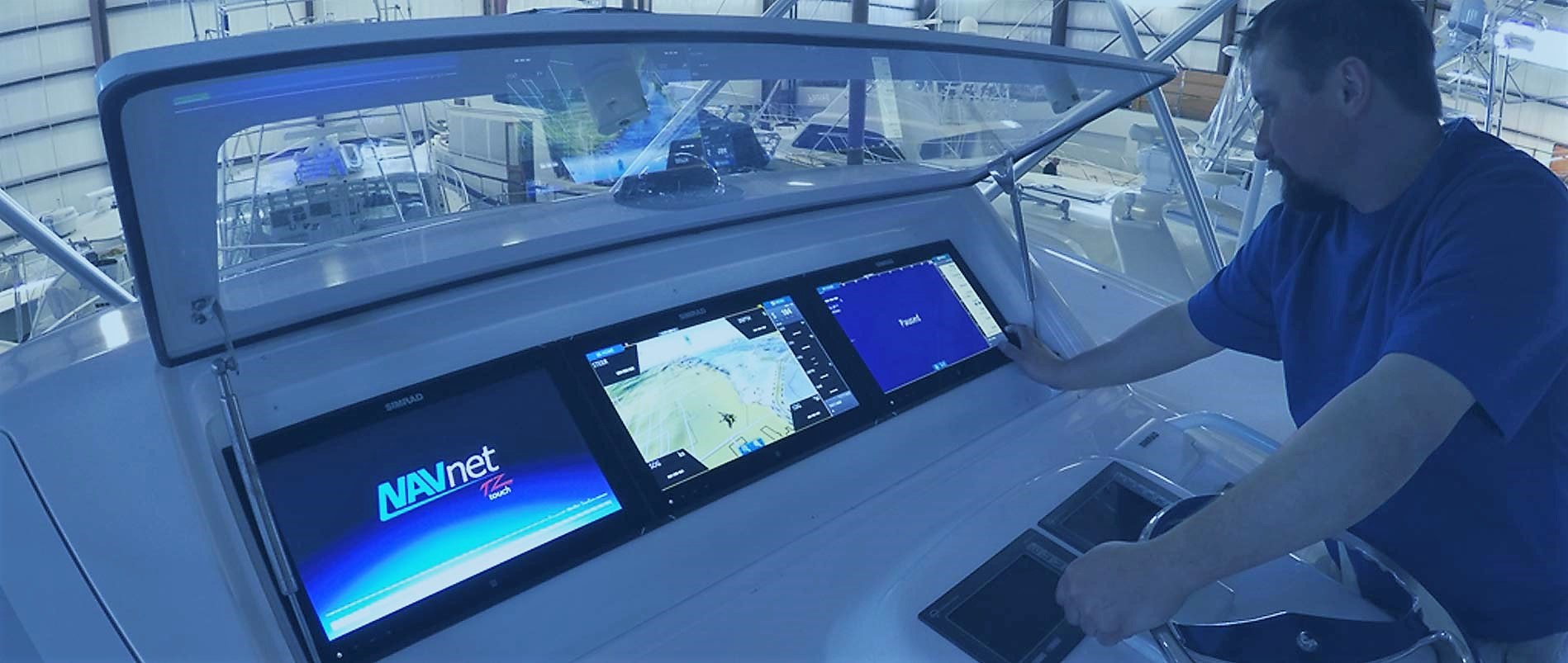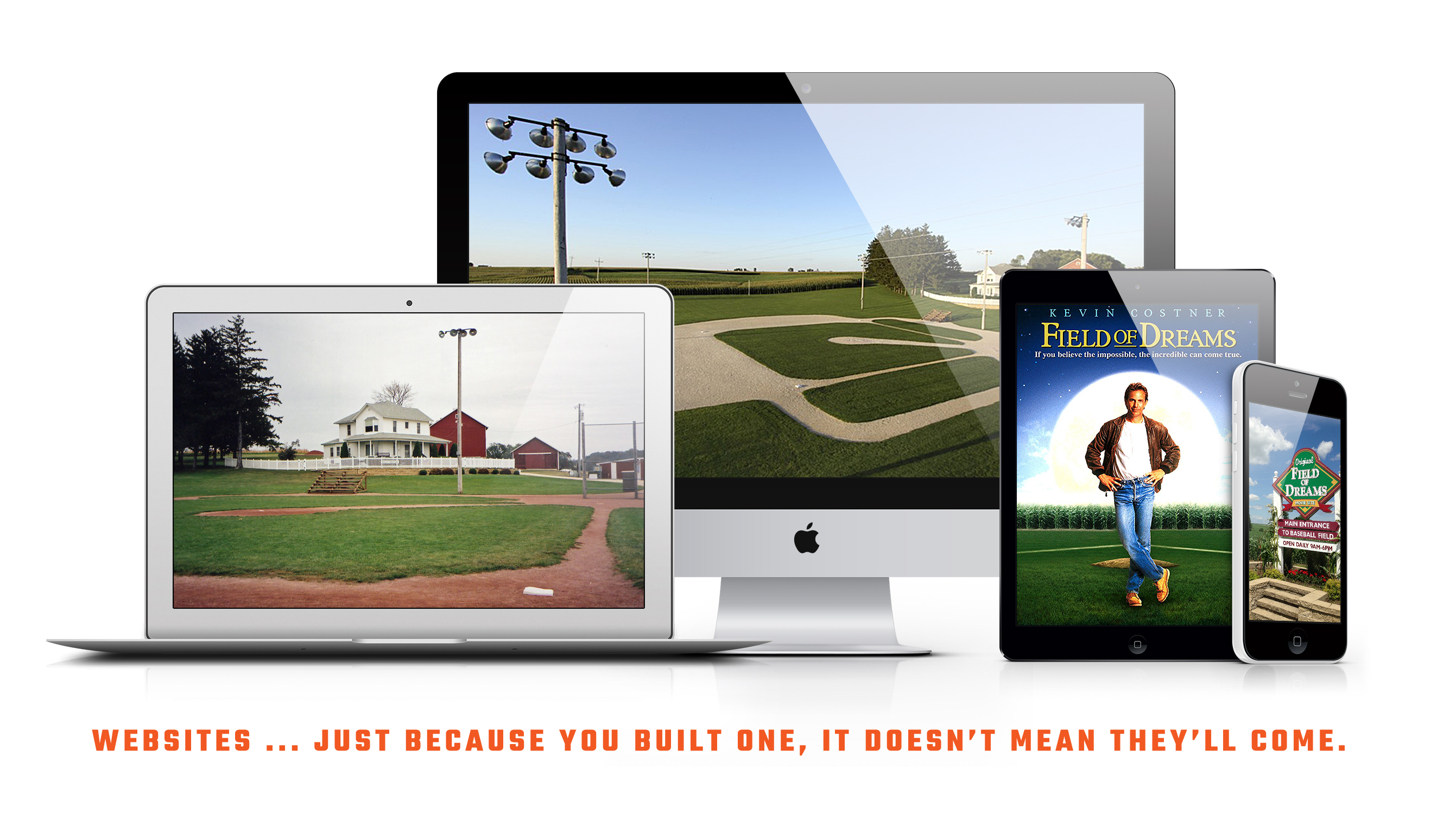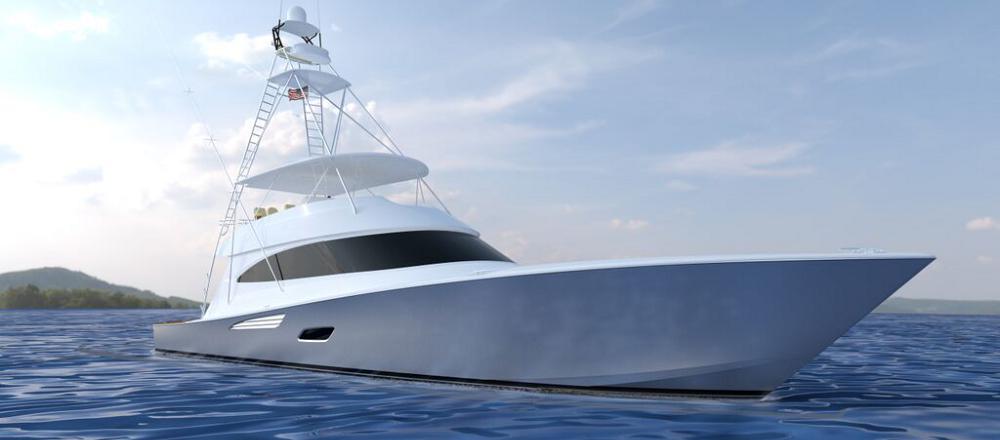
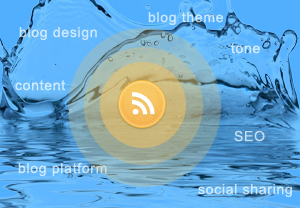 From design to content – key features and actions to take when starting (or redesigning) a top blog for the boating industry
From design to content – key features and actions to take when starting (or redesigning) a top blog for the boating industry
Part 2 in a 2 part series on Best Practices for Boating Industry Blogs
A company blog is one of the best ways to extend your online presence, generate website traffic and position your company as a valued industry leader.
When asked to describe the purpose of a blog I always say it is like an informal extension of your more formal company website. A blog should have a little more personality and offer more insight your company, how you operate and how you think.
If you are new to blogging and looking to start a new blog – or even if you have a blog but it needs a little help – these best practices can put you on the path to creating a top blog.
Choose a Blogging Platform
Before you set up a blog, you’ll need to choose which blogging platform to use. There are two main platforms to consider – Blogger and WordPress. Both will allow you to publish on a custom URL (critical for a professional blog so that you don’t have blogspot or wordpress domain name in your blog), and both will offer you basic blogging functionality.
The biggest difference between Blogger and WordPress is the customization capability. WordPress gives you much more flexibility with design and functionality due to the large number of tools available (known as plugins).
You can even choose to use WordPress for your company website and blog so that you can take advantage of its powerful content management as well as blogging functionality. Websites like BoatingIndustry.com and this site, MarineMarketingTools.com are built on the WordPress platform.
Blog Design and Layout
When you choose a blog template (also known as “theme” on WordPress), here are some best practices to consider for the design, look and feel of your blog.
![]()
- Choose a template that compliments the color and style of your company’s brand
- Avoid dark backgrounds, unusual fonts or small text sizes that are hard to read
- Consider a responsive theme that automatically adjusts your blog’s layout based on device (computer, smartphone or tablet)
- Make content easily scannable with subheads, bullets and short paragraphs
- Use at least one menu navigation to allow users to easily find blog posts by topic or category
- Make reciprocal links between your blog and your website easy to find (on both your website and blog)
- Use quality photos, embedded videos and other graphics to add to visual appeal (something that should be REALLY easy in boating)
Blog Tone, Theme and Personality
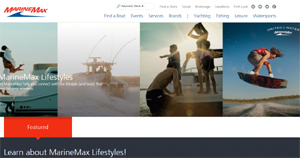 Your company blog should be a place to “let loose a little”. The overall tone of the blog should be lighter than your more formal sales-driven website. That being said, it’s up to each business to create a blog personality and style that is right for their business.
Your company blog should be a place to “let loose a little”. The overall tone of the blog should be lighter than your more formal sales-driven website. That being said, it’s up to each business to create a blog personality and style that is right for their business.
Things to consider when establishing your blog that influence tone and personality:
Writing Style – will your posts be written in third person on behalf of the company, or first person by designated authors or contributors to your blog?
Blog Theme – is there an overall theme to the presentation of your content? For example, Sea Ray and MarineMax blogs are focused on the boating lifestyle.
Content Creation
Good content will drive additional online traffic to both your blog and your website. From a search engine standpoint your company will be more likely to come up in search results for non-traditional search terms that will be associated with a blog post. And all that new content you generate for your blog will help feed your social media posts, e-newsletters and more.
What’s great about starting a blog in the boating industry is that there seems to be an endless supply of content ideas for blogs.
Blog content ideas may include:
- Testimonials or case studies showing how boaters are using your products
- Insight into the technology or innovation behind your products
- Events and boat show highlights (including new model or product sneak peeks)
- Spotlight on partnerships, dealers or distribution channels
- Boating tips and advice articles
- Value-add content like instructional guides, videos, infographics or downloadable resources
- Featured guest blog posts by industry experts
Making Your Blog SEO and Social Friendly
One of the main goals of your blog is generating additional website traffic.
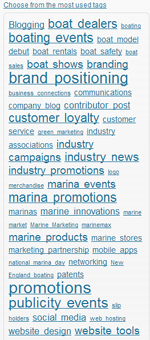 Some basic search engine optimization tips for blogs include:
Some basic search engine optimization tips for blogs include:
- Use blog post titles that are descriptive with appropriate keywords (use most important keywords at the beginning of your title)
- Interlink your blog posts to other relevant posts on your blog and also link out to other relevant sites in the boating industry (and try to get inbound links to your blog posts from them if possible too)
- Use tags and categories sparingly – only create tags or categories for topics that you are likely to cover regularly to make the tag URL more valuable to search engines
- If you use WordPress, consider installing popular SEO plugins like SEO by Yoast to help optimize your posts for search engines.
- Stick with your content theme – a blog rich on content from a specific niche will rank higher on search engines
- Skip the fancy design – avoid the use of Flash, Frames or Java Script on your site – search engines do not like them
- Publish often on your blog – consistent posts will encourage search engines to crawl your blog more often
Use Your Blog to Feed Social Media
Anyone that manages social media accounts knows that generating content for interesting posts is the hardest part. Regularly publishing content on your blog will have the added benefit of giving you valuable content to share on social media.
 Making sure your blog is social friendly is as important as making sure it is SEO friendly. You can make it easier for users to share content from your blog by including:
Making sure your blog is social friendly is as important as making sure it is SEO friendly. You can make it easier for users to share content from your blog by including:
- Social sharing links on your posts
- Links to your social media accounts
- Image friendly posts that look good on social media (also important for image sharing sites like Pinterest)
While this list of marine marketing best practices is not necessarily meant to be a step-by-step playbook to the “perfect boating blog”, many of these tactics and actions will help you chart the right course… whether you are new to blogging or looking to improve your blog. These blogging best practices are based on my personal experience running multiple blogs and a lot of hard lessons learned.
Get more ideas and inspiration in Part 1 of this series: Best Practices for Boating Industry Blogs: Top Blogs Showcase where I highlight 12 leading boating industry blogs and share why we think they stand out from others.

